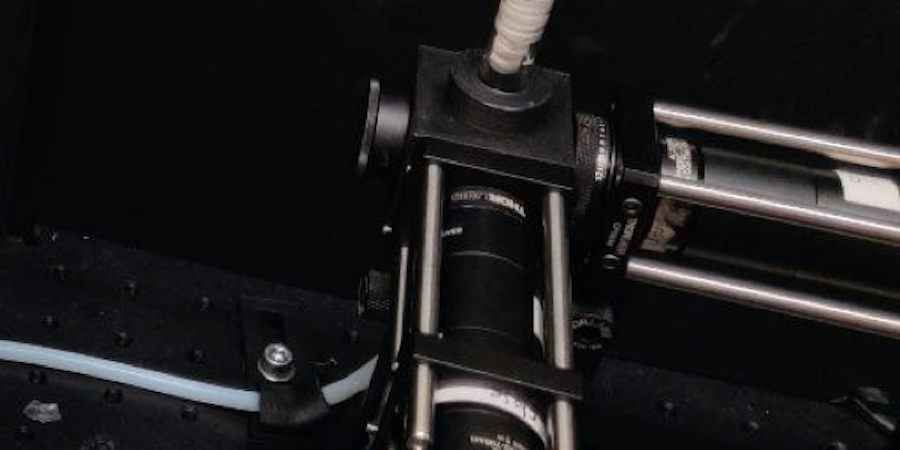Background
Infectious diseases caused by bacteria, viruses, protozoa and parasites are the most common health risks associated with drinking water worldwide. The threat management of water quality is possible only by fast detection of the pathogens and the immediate start of the protection and cleaning operations. Currently, there are no solutions available for rapid detection of the pathogens.
Goal
The target of this project is to develop a laser analysis technology that enable continuous monitoring of pathogens in drinking water with fast reaction times. The method would allow early warning analysis to be performed at the sampling site continuously and give enough reaction time to avoid large water borne epidemics.
The results of the laser screening are verified with standard analysis methods in TAU Virology laboratories to report reliability, sensitivity and specificity of the new method.
Impact
In most parts of the world, pure water is already barely available. Contaminated drinking water causes annually app. 1.8 million human deaths. Currently, there is the best water in the world in Finland but due to the renovation cycle of the water pipeline systems pipeline brakes will occur more and more also in Finland. Successful accomplishment of the project would result a new technology that would allow to reduce contaminated water borne epidemics and related costs, and also deaths. Viral diseases are very contagious, also person-to-person, and no effective medication is available for the time being. Hence, preventive work has been the key factor in viruses, as drugs, and also the vaccines are still rare. Additionally, viral diseases cause high costs for society, especially in the form of hospitalization and absence of work.
Project group members
Juha Toivonen, Mahsa Ghezelbash and Daniel Luoma (Photonics Laboratory)
Kirsi-Maarit Lehto, Sami Oikarinen and Annika Laaksonen (Environmental Health Research Group)
Funding source
Technology Industries of Finland Centennial Foundation, Jane and Aatos Erkko Foundation

